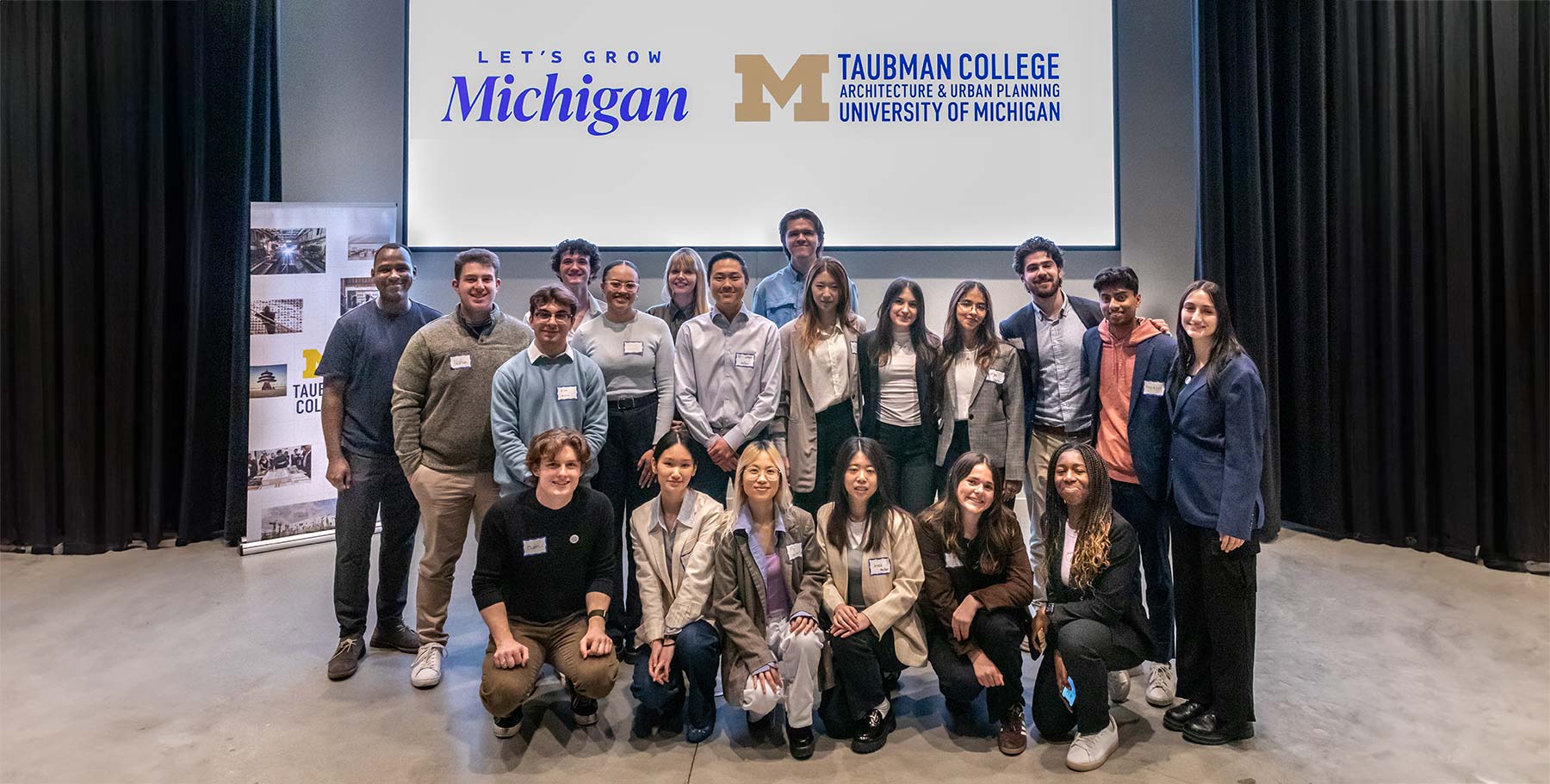Part-time lecturer Dr. Etienne Turpin presents research from University of Michigan to ACLA Conference
For the 2013 Annual Meeting of the American Comparative Literature Association in Toronto, Canada, Dr. Etienne Turpin presents his paper “Reading Catalytic Force: On the Aesthetics of Human Impact in Stoppani, Deleuze and Guattari,” during the Aesthetic Turn panel, organized by Robert Hughes and John Paul Ricco.
In his Corso di Geologi of 1873, the Italian geologist Antonio Stoppani wrote, “Rival of the potent agents of the internal world, man undoes what nature has done. Nature has worked for centuries at agglomerating in the bowels of the earth oxides and metallic salts; and man, tearing them out of the earth, reduces them to native metals in the heat of his furnaces.” It was in this same text that Stoppani made the argument for humans as geological agents and called for a new epoch of the “Anthropozoic.” Drawing from his research on the anthropocene, its history in the theoretical humanities and empirical sciences, and its defining catalytic process – mineralization – Dr. Turpin argues that the evidence (from Latin, videre, “to see”) regarding the significance and consequence of anthropogenic changes to the earth’s land, oceans, biosphere and climate cannot be seen without a radical reorientation of our reading in aesthetics. To this end, Dr. Turpin excerpts several key moments from his forthcoming book Terrible is the Earth to foreground the premonitory role of philosophy in approaching the Anthropocene, while suggesting that the most fecund conversation within this discourse is the articulation of an intensive genealogy of mineralization and its aesthetics and design.

Construction of Iron Mountain, courtesy of the Albert Kahn Papers, Bentley Historical Library, University of Michigan.




